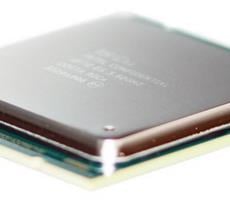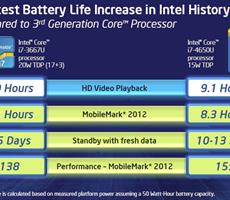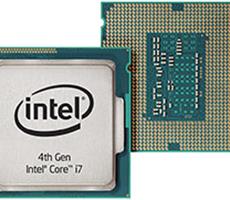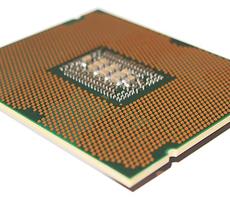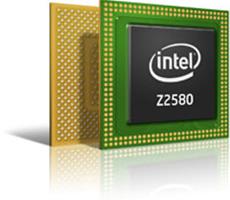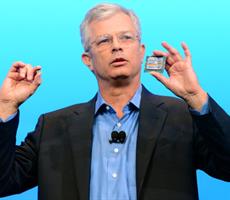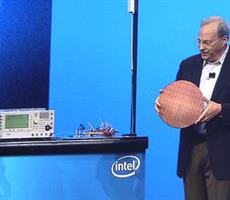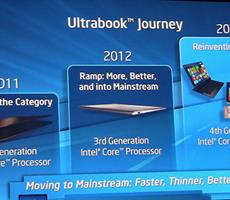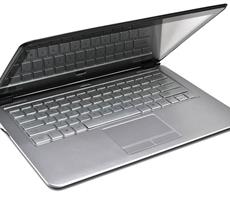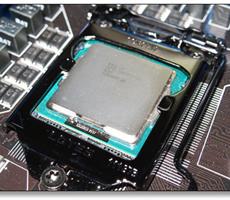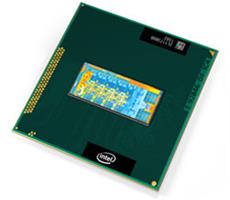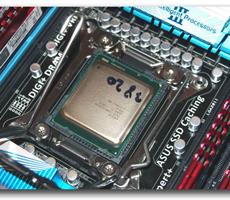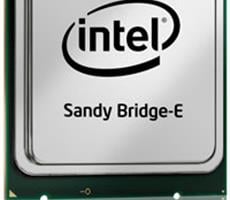Processor Technology Reviews, Analysis And News
Processors come in many types for different applications. However, when it comes to computing, whether mobile, on the desktop or in the Internet of Things, these chips are widely known as the "brains" of the operation. Here you'll find Hot Hardware reviews and news on products from the biggest names in PC and mobile processors from Intel and AMD, to Qualcomm, ARM and more.

